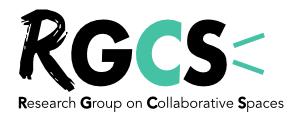On May 15th, 2018, the Montreal’s RGCS (Research Group on Collaborative Spaces) chapter organized a learning expedition through coworking spaces and start-up incubators chosen for their diversity (technological and social entrepreneurship) and their location in the city, in order to propose a 1-day walkable itinerary through 3 different neighborhoods of Montreal: downtown, Mile-End and Mile-Ex. We experimented some of the OWEE method’s principles, by walking together in the city, collecting visual and written data, sharing it on social media and having informal and semi-directed discussions.
This post is a collective illustrated report of this learning expedition.
1. Welcoming the participants in MTLab
On the same week, ESG UQAM was holding an international conference on entrepreneurship, the Journées Georges Doriot 2018, providing the opportunity to form a group of 20 participants interested in new forms and spaces of entrepreneurship (scholars, students and practitioners).
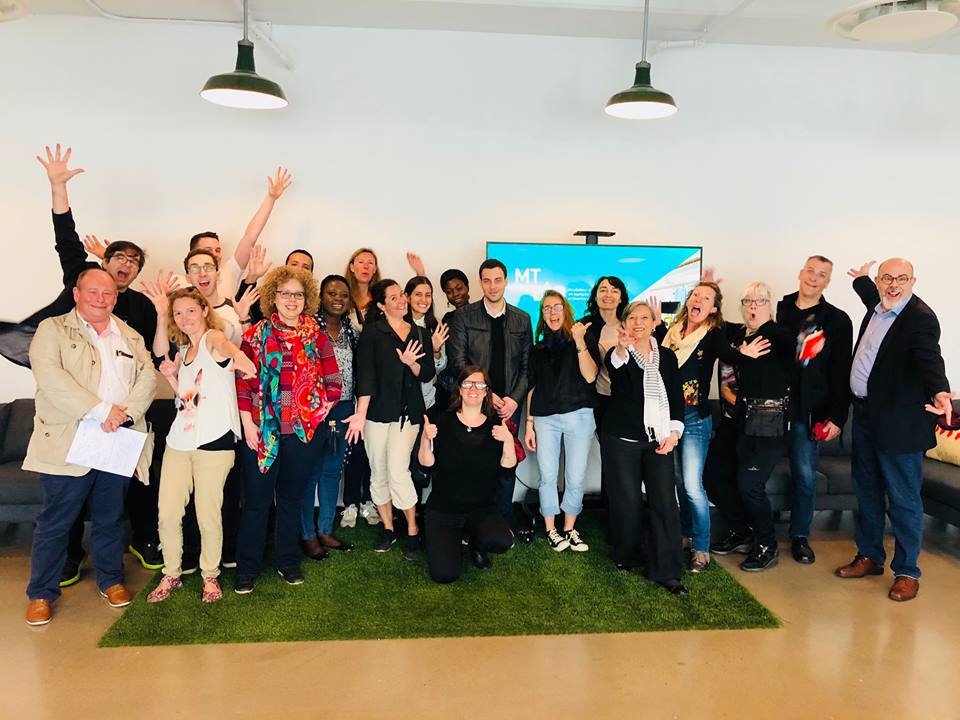
Paul Arsenault and Martin Lessard, co-directors of MTLab, welcomed our group at the beginning of the day in their co-working space located in one of UQAM’s building. MTLab is a ‘vertical’ innovation hub which currently host 12 selected startups developing products or services in the tourism, transport, festivals, culture, hotel, restaurant and entertainment sectors.

2. An “impromptu visit” to Notman House
After this first rich encounter, we walked to Notman House, a technology hub also located in the city center, on Sherbrooke street. We had planned on visiting this place, but were not able to get a confirmation from their coordinators prior to our visit. We still decided on visiting them, given that at least one part of Notman House is open to the public. When we were about to leave MTLab, one of the community managers phoned them and left a message on the answering machine to inform them that we were on our way.
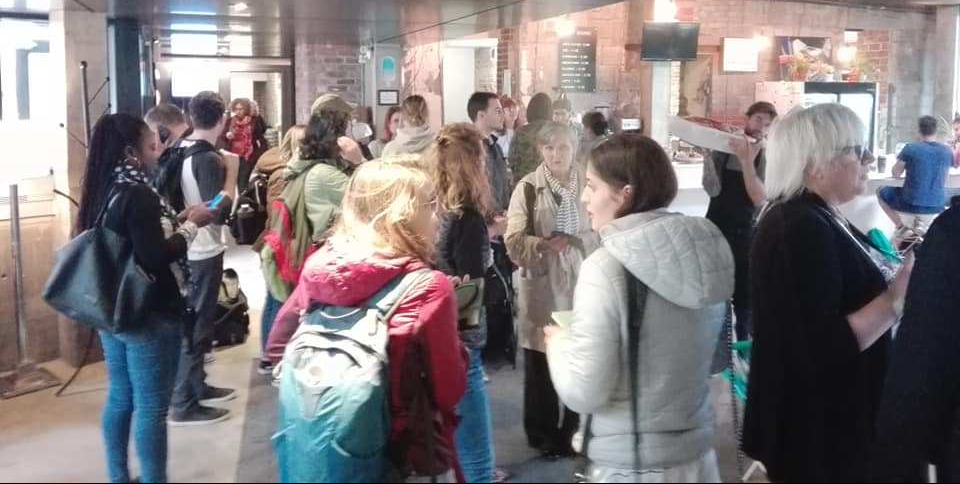
Even though we didn’t receive a formal confirmation, Jacinthe and Anna, from the events team, kindly welcomed our group and provided a guided tour of their various spaces (offices, shared spaces), while answering our questions about the a work practices at Notman House.
During the visit of the room dedicated to special events (Clark room, see picture below), one of the participants noticed: “What I like in this room, it is the atmosphere… I would have transformed it into offices (Ce que j’aime dans cette pièce, c’est l’atmosphère… moi j’aurais fait les bureaux ici)”, while other participants around her nodded.
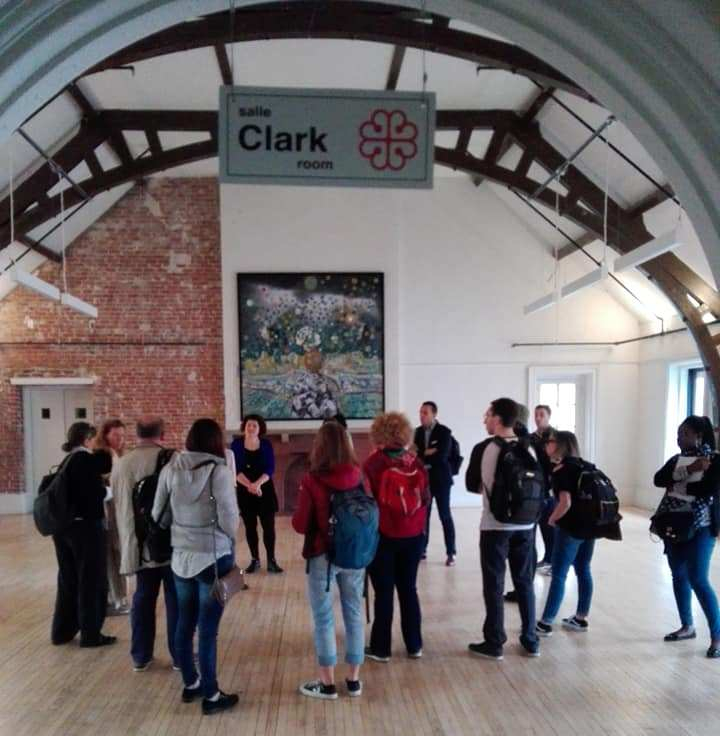
The importance of events (and spaces dedicated to events) can be noted not only at Notman House, but also at Espace L (see point 4) and from our various investigations of the collaboration ecosystem in the last years. This raises questions regarding the profitability of collaborative spaces. Do coworking spaces’ business models absolutely need the “events” component to be viable long-term, in addition to flexible and ephemeral activities (e.g. offices rented by the hour)?
3. Walking up “The Main”: St-Laurent’s street as our bridge from the city center to the Mile-End neighborhood
We then walked through St-Laurent’s street (nicknamed “The Main”), which runs south-north from the city center. We made a quick stop at Parc du Portugal, from where we can observe interesting street art and see the former house where singer and poet Leonard Cohen lived and the restaurants he frequented (Bagel Etc, Main Deli and Les Anges Gourmets).
Both street art and cultural knowledge are important to our OWEE method for several reasons that can be understood in the lense of Merleau-Ponty (Sens et Non-sens, 1948) “In the presence of a novel, a poem, a painting, a valid film, we know that there was contact with something. Something is acquired by the men, the work starts to emit an uninterrupted message… But neither for the artist nor for the public can the meaning of the work be formulated otherwise than by the work itself; neither the thought that made it, nor the thought that receives it, is entirely mistress of itself.” (authors’ translation)
Thus, street art has long been considered as a political thought about the world, society or any topic street artists found relevant (like famous street artist Banksy). If street art is not directly linked to “new ways of working”, it is still embedded in a public space that hosts these collaborative spaces.
4. Entering a co-working space dedicated to women: visit of Espace L
We then reached the Mile-End district to visit a small co-working place located a little further north on St-Laurent’s street. Espace L has an original strategic focus, which has lead to interesting debate related to broader societal issues than only new ways of working. Indeed, this co-working space is dedicated to women and was designed with their specific needs in mind. However, what these ‘specific needs’ are sparked an interesting – and critical in terms of tone – discussion. Some women of our group expressed their surprise to find that stereotyped design elements were specifically chosen: pastel colors, posters of women, pink objects everywhere, etc. This impression was shared with a larger public by a participant who posted a picture of the walls on Twitter, asking “Does women really prefer pastel?”

Some men in our group admitted to feeling unwelcomed, even though the space manager and the occupants do not actually ban men in their spaces. This raises questions regarding the ways in which social and political polarization can be embedded and even accentuated in the social and material choices characterizing how a workspace is conceived and lived.
5. Outdoor collective brainstorming: what should we do with the data collected today?
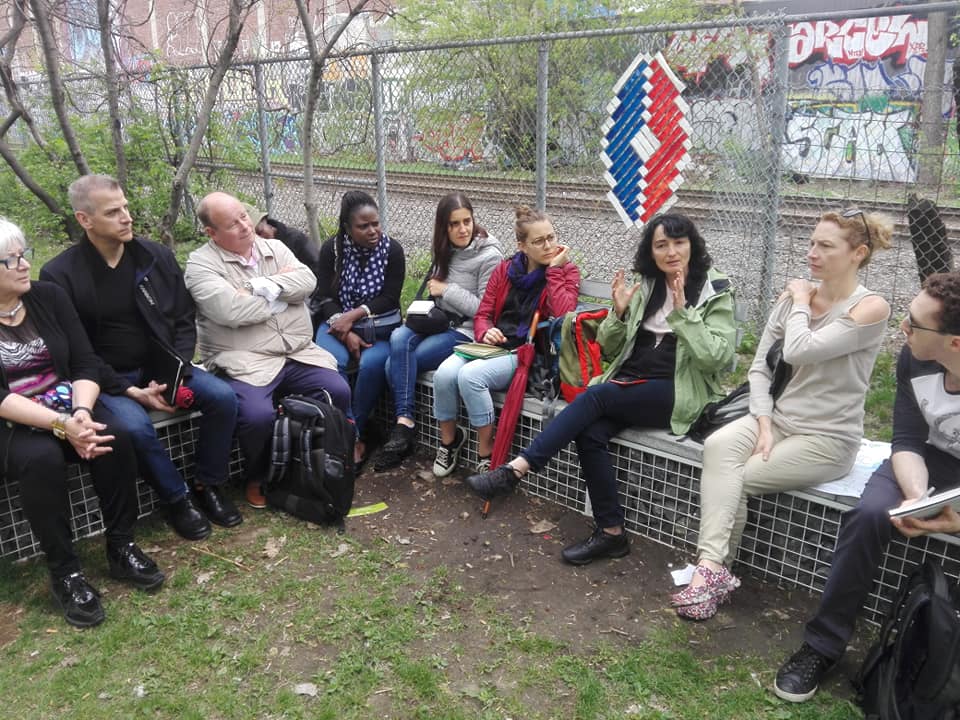
This one picture above captures quite completely the essence of the OWEE method:
- it is open: happening outside, welcoming diverse participants (women/men, younger/older, academics/practitioners/both/other). Note the seating configuration, which is also open (half of a square).
- it is walked : even though it is not visible in this picture, we had to walk to seat in the park and we then ad to walk again to leave the park.
- it is event-based: the temporality of the learning-expedition is shaped by the context of the Montreal chapter (it was the first OWEE conducted by this chapter), and by the context of the whole RGCS network, for which i was the 7th OWEE.
- it is an experimentation: we explored new new ways of doing research, with many experimental tools (spy glasses, tweets, a whatsapp group, etc.).
This moment was very productive, opening several lines of thought!
6. Meet the coworkers: an incursion in l’Esplanade
The last space visited is located in the heart of the Mile-Ex neighborhood. L’Esplanade is a collaborative space dedicated to social entrepreneurship. The participants immediately noted that the atmosphere of l’Esplanade was very different from the others spaces we visited on that day and retrospectively, we can see this journey as a gradual process of escaping from institutions: from a universitary coworking space to an independant space focusing on the social economy.
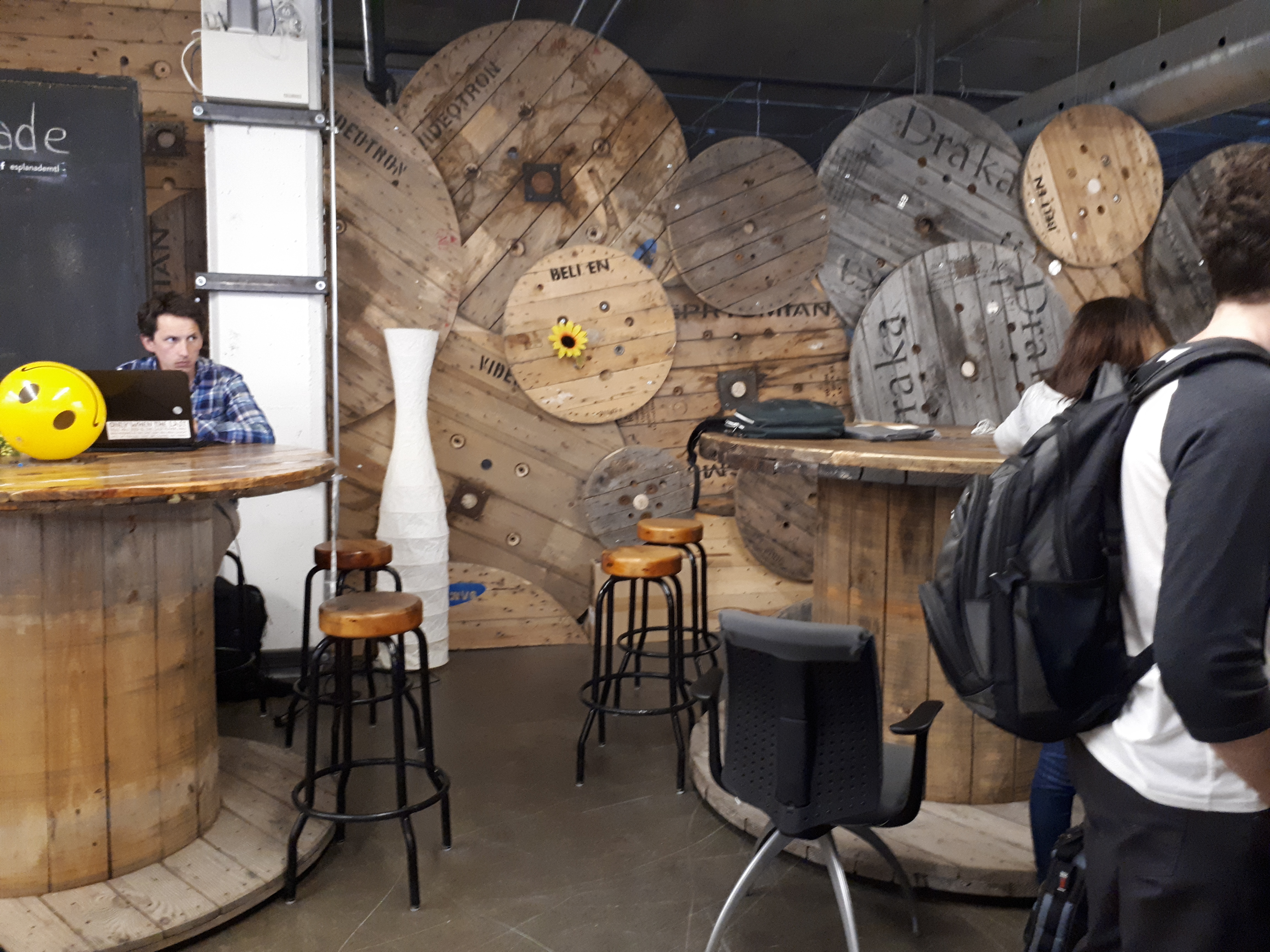
Jonathan, our guide, organized an interesting presentation of l’Esplanade by inviting three of their current 65 members to share with us their experience of the space and their respective participation in this community involved in the local ecosystem.

We particularly enjoyed being seated, welcomed an educated through those “return on experience” feedback sessions. It offered us the opportunity to ask many questions to both the community manager and the members. In sum, this last visit was not only about the spaces, but mostly about the people, their practices and their values.
7. Wrap-up discussions on Alexandraplatz terrasse

Beyond the importance of conviviality for this kind of experiment, the need for both a concluding discussion and a bit of rest after such a walk (!), this wrap-up discussion was also the occasion for other participants of the Doriot conference to join us at the end of the day. We were also able to have a last discussion about the OWEE protocol and on how to improve it for later experimentations. These aspects on the method will be further discussed in forthcoming blog posts. Stay tuned!
